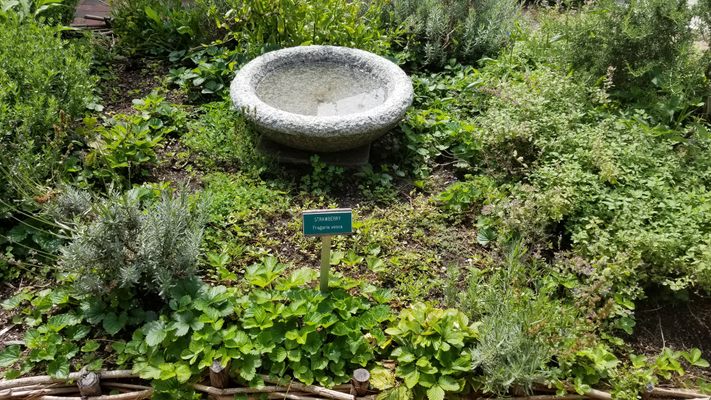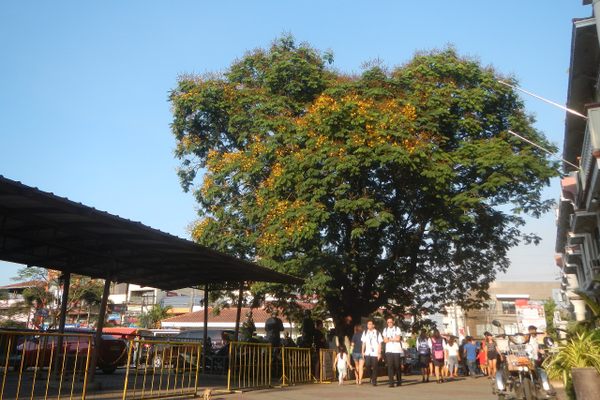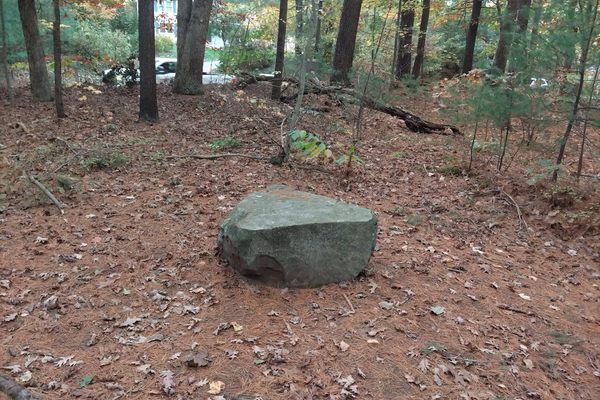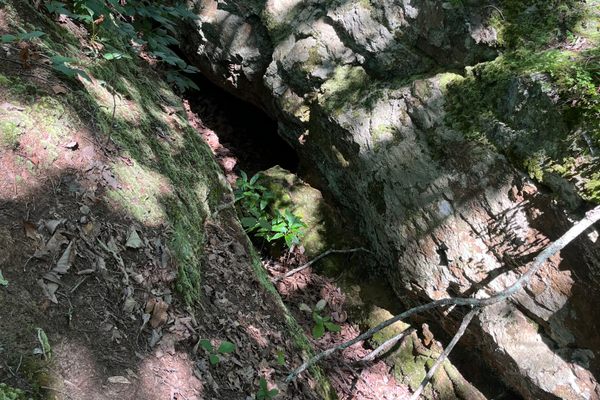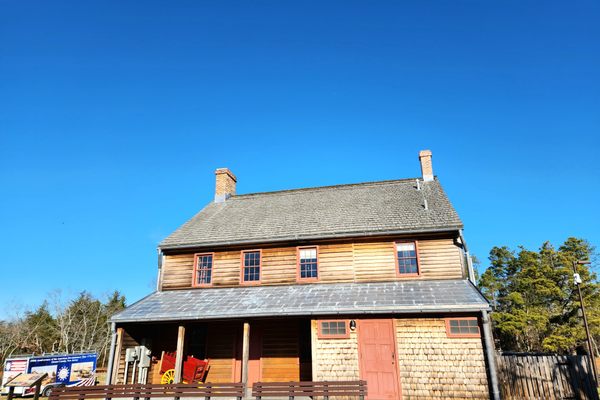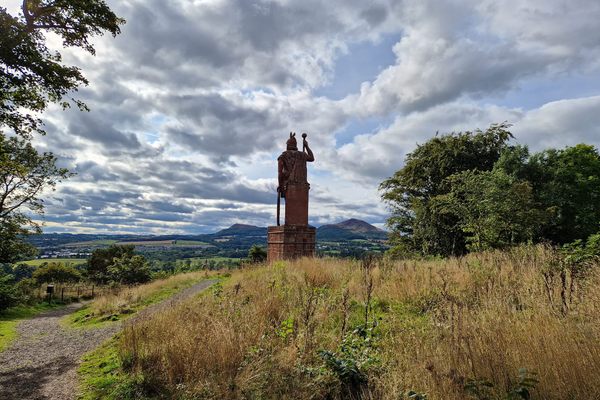About
New Hampshire’s colonial history began in 1623 in the town now known as Portsmouth. Colonists established a village in a tidal marsh on Abenaki lands, calling the settlement Strawbery Banke, due to the abundance of wild strawberries and the deficit of accurate spelling. At first, the outpost was a place where rich and poor intermingled, and where wealthy merchants, recent immigrants, and enslaved peoples would keep New Hampshire’s largest harbor in operation.
In 1623, English colonists established a settlement along what is now the “New Hampshire” coast, built houses along the Piscataqua River, and more sheltered cove that is now Portsmouth Harbor. They named the settlement “Strawbery Banke,” likely for the abundant wild strawberries growing along the banks of the river. The neighborhood grew through cycles of maritime prosperity to become a multicultural “neighborhood of newcomers.”
In 1958, a group of concerned citizens banded together to preserve the nearly 10-acre area known as Puddle Dock, located at the South End of Portsmouth, NH. Strawbery Banke, Inc., was formed and took its name from the earliest settlement. By 1965, the site was opened to the public as an outdoor living history museum, with only a handful of the historic houses open to the public. The early founders of Strawbery Banke went door-to-door gathering support from the community to continue preservation efforts.
Now, visitors can walk around this once-vibrant neighborhood, visit the historic buildings, and experience not only early colonial history, but a fuller story of immigration, preservation, and survival. Historical role players throughout the park represent real people from the past, and inform visitors about the lives they lived.
Today, the fight to preserve Portsmouth’s history faces its biggest foe yet: climate change. Puddle Dock is becoming more than a puddle, and constant flooding is jeopardizing these historic buildings.
Related Tags
Know Before You Go
The museum is open to the public May through October from 10 a.m. to 4 p.m. on weekdays and until 5 p.m. on weekends and holidays. Admission is $23 for adults, $21 for seniors and students, and $10 for children over five.
Published
January 9, 2024
Sources
- https://www.strawberybanke.org/history
- https://www.nytimes.com/1982/06/20/travel/strawbery-banke-a-lively-legacy.html
- https://theclio.com/entry/11040
- https://www.seacoastonline.com/story/news/local/portsmouth-herald/2018/10/01/puddle-dock-neighborhood-lost-found/9741318007/
- https://www.seacoastonline.com/story/news/local/2021/02/27/portsmouths-historic-strawbery-banke-homes-threatened-sea-rise/4554241001/




